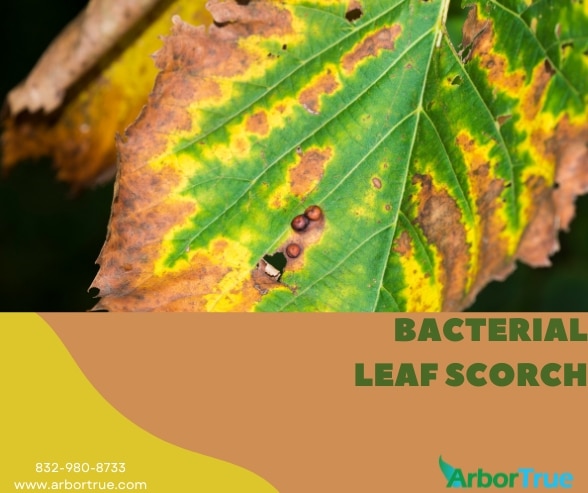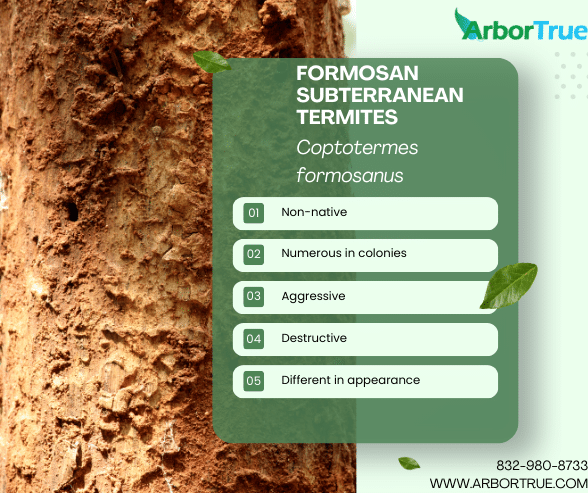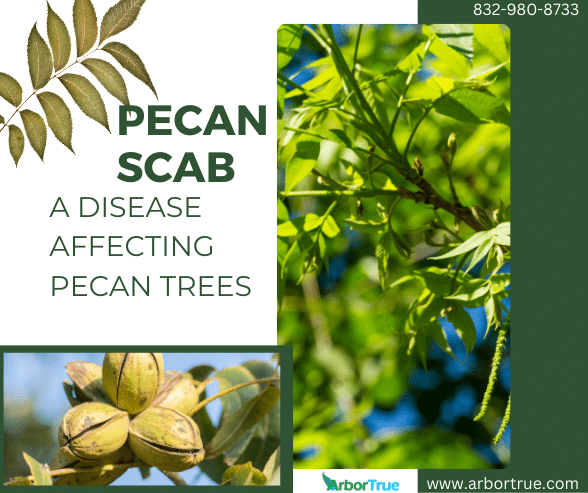
Crepe Myrtle Bark Scale
May 1, 2024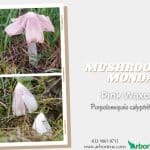
Mushroom Monday: Pink Waxcap (Porpolomopsis calyptriformis)
May 6, 2024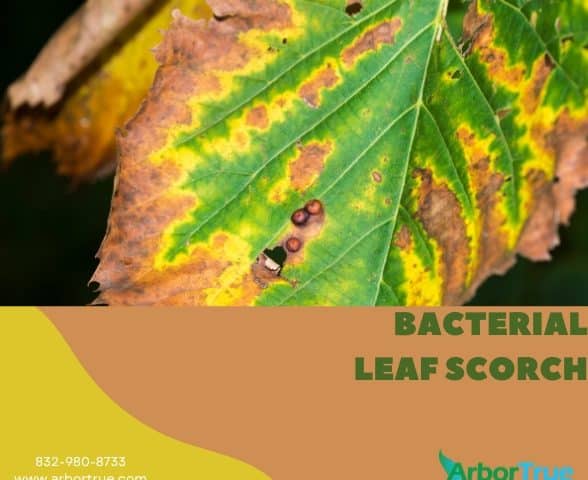
Bacterial Leaf Scorch
In today’s TrueTreeTalk blog post, we take a look at a plant disease, bacterial leaf scorch. Learn about this disease in our post below.
What is Bacterial Leaf Scorch?
Bacterial leaf scorch is a disease caused by a bacterium, Xylella fastidiosa. This bacterium has a number of subspecies that affect different hosts with more or less ability. The disease affects the entire plant it infects and does so by infecting the plant’s xylem.
What kind of Trees are Impacted by Bacterial Leaf Scorch?
Bacterial leaf scorch can infect dozens of trees, such as different species of oaks and maples, and it can also infect other types of plants.
How is Bacterial Leaf Scorch Spread?
The bacterium that causes bacterial leaf scorch is transferred between trees by insects such as spittlebugs and leafhoppers – creatures that feed on the xylem of trees. The insects that spread the bacterium suck sap and come from two families: Cercopidae and Cicadellinae. The insects spread the bacterium as they feed. It can also be transferred from one tree to another by their roots. The bacteria spreads in the vessels in the xylem of the tree causing the whole tree to be infected.
At the moment, there isn’t a good solution for controlling the insects that spread the disease, including insecticides. Additionally, the insects that spread the disease can get it from plants other than trees, making stopping its spread more difficult.
What are Some Symptoms of Bacterial Leaf Scorch?
The bacterium can be in a tree for a number of years prior to symptoms showing. One early symptom are leaves that turn brown prematurely in the middle of the summer. This condition gets worse during the summer and continues into the fall.
The discoloration first affects leaves that are older and then moves to younger leaves, going from the inside of the tree to the tips of the branches. One common sight will be brown areas on leaves that have a yellow area separating them from green areas. Leaves can turn brown in different ways, sometimes from the edges in, and sometimes between veins. The color of the scorch can also vary between species (not always being brown) as will the color of the margin between the affected part and the part not showing symptoms. Generally, the symptoms will show on the lower sections of a tree and from the inside out, but the pattern can be irregular because the insects distribute the bacterium in different places.
After the leaves turn brown, they can fall, although they can also stay attached. In the following season, a tree with the disease can have buds and leaves that look normal, but the browning of leaves will be increased during the summer.
The entire process of a tree going through an infection can take between three and eight years, with conditions worsening each year. When trees have a severe infection, they can develop epicormic shoots on their trunks or at their bases. In infected plants, growth may be reduced. Dieback can also occur. Eventually, all the leaves on the tree will turn brown early. Since the leaves are brown, they don’t have chlorophyll and aren’t producing food for the tree. Eventually, twigs, then branches, and then limbs die.
Although there can be symptoms that indicate bacterial leaf scorch, analysis at a laboratory must be done to positively identify the condition. It is best to test for the disease when the symptoms are showing the most, toward the end of summer to the start of fall. This can be the time when the number of bacteria are at their highest count in the tree.
Unfortunately, the disease can’t be cured and it can kill trees.
Why Does the Scorching Effect Occur?
Scorch (the browning and other discoloration of leaves) happens because the flow of water is inhibited. When the bacterium is in a tree, it clogs the xylem. Additionally, as a tree defends itself, it releases compounds into the xylem. Both of these things can inhibit the flow of water causing the scorch in the leaves. During the hotter months of the summer, the stress from heat and lack of moisture can increase the symptoms. The bacterium kills the tree because it prevents water from flowing in the tree. The bacteria, once in a tree’s xylem, can survive the cold. They can then increase in number as temperatures warm.
What Other Things Resemble Bacterial Leaf Scorch?
Bacterial leaf scorch can resemble other diseases such as Dutch elm disease or oak wilt, however, there are some differences.
First, with bacterial leaf scorch, things get worse as time goes on, and it can take years to kill a tree. With the other diseases, a tree can die in a very short period of time.
Second, with the other diseases, sapwood in the trees can experience streaking. This isn’t the case for trees that have bacterial leaf scorch.
Third, with bacterial leaf scorch, the leaves turn brown from the edges in. With the other disease, the whole leaf will turn brown in a uniform way.
In addition to diseases, bacterial leaf scorch might also resemble stress from heat or drought. One difference is, with bacterial leaf scorch, the older leaves will turn brown first and the edges of leaves will turn brown first. With stress from heat or drought, the whole canopy, as well as singular leaves, will turn brown. Also, with stress from heat or drought, the tree will react quickly. With bacterial leaf scorch, the timing of symptoms occurs in the middle of summer and will get worse as the summer progresses and into the fall.
What can be Done About Bacterial Leaf Scorch?
Although bacterial leaf scorch can’t be cured, there are some ways to limit its spread.
First, as will other illnesses, healthy trees can resist them better than those that are unhealthy. Generally keeping a tree healthy can be a good first start. Some things that can help a tree to be healthier are proper watering, mulch application, and fertilization. These things can help lessen the effects of other stressors on a tree.
Second, disinfecting pruning implements before and after each cut can help limit the spread of disease.
Third, when branches in a tree die from the disease, they should be removed. Removing diseased branches can help a tree to look better and can help to reduce risk from falling dead branches, but it might not slow the progression of the disease. Additionally, if a tree is severely infected and has declined a great deal, it should also be removed.
Fourth, some species are more prone to disease than others. When possible, planting species that are more resistant can help limit the spread.
Fifth, in some situations an antibiotic can be used to lessen the bacterium’s numbers and slow the symptoms of the disease. This can be an expensive option that needs to be done yearly and it could have negative side effects. Also, this option wouldn’t be considered an organic one.
If you liked learning about bacterial leaf scorch, check out the other posts on our TrueTreeTalk blog and follow us on Facebook to keep up with these and other posts. If you think you might have bacterial leaf scorch, contact us to arrange an appointment. An arborist can let you know options for your situation.
* * *
ArborTrue is a science-based tree-service company in the greater Houston area. We provide a range of services including tree trimming, tree pruning, tree removal, tree planting, arborist consultations, and more. Call us today at 832-980-8733 or reach out to us online to schedule an appointment.

